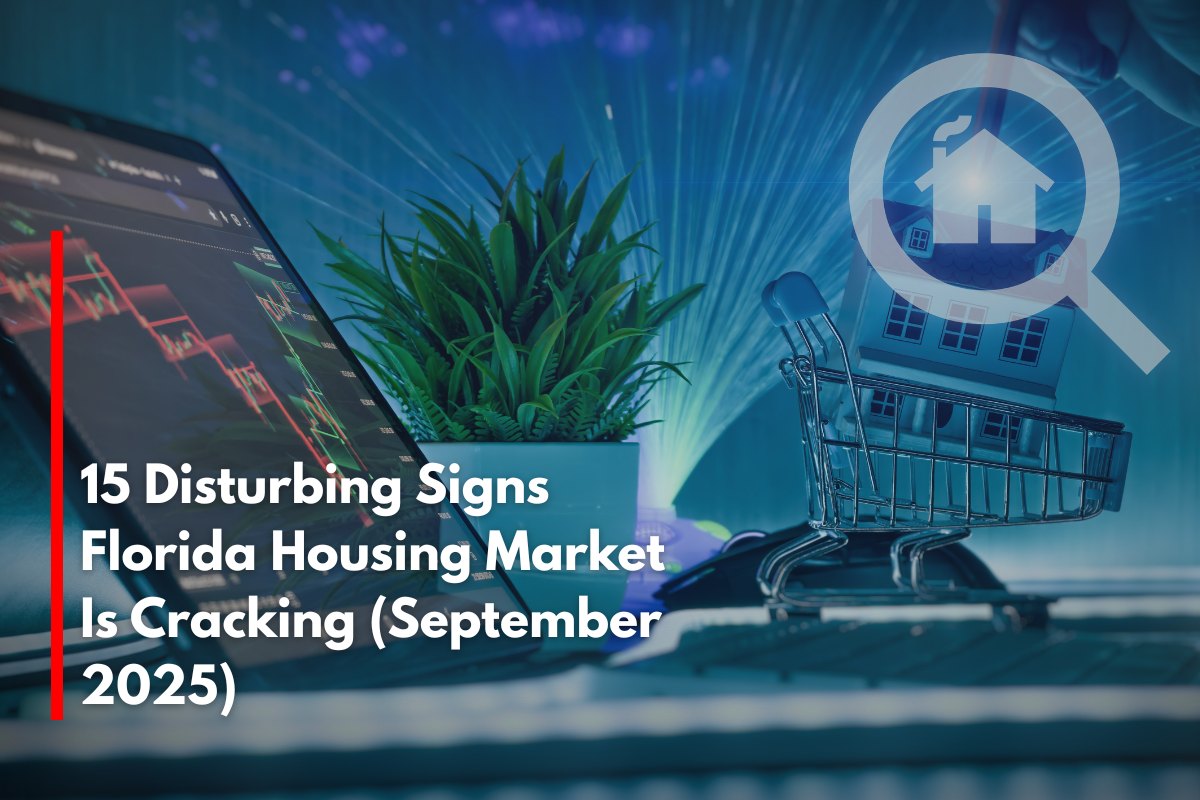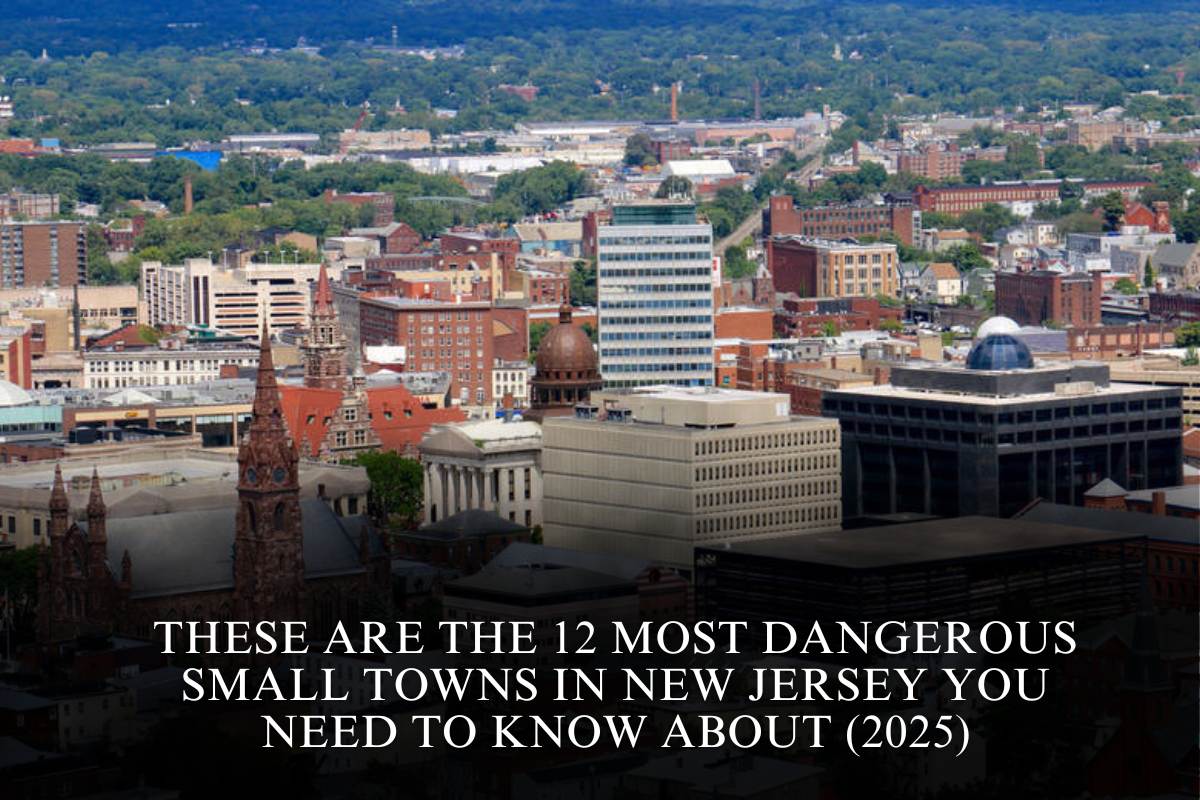Florida’s housing market, once a symbol of booming growth and soaring prices, shows multiple worrying signs of strain heading into September 2025. While the state’s stunning natural beauty and economic opportunities draw many, mounting pressures in key metro areas hint at cracks beneath the surface. Here are 15 disturbing signs indicating the Florida housing market is shaking as 2025 progresses, along with insights into where these trends are felt most acutely.
1. Rising Housing Inventory Oversupply
Major Florida metros are experiencing inventory levels well above what constitutes a balanced market. Miami leads with a staggering 9.7 months of housing supply, Orlando follows with 7 months, and both Jacksonville and Tampa exceed 6 months. Typically, a 6-month supply signals a buyers’ market, reflecting properties sitting longer and increasing pressure on sellers.
2. Declining Home Prices
Home values in Florida have dropped consistently for five consecutive months as of mid-2025. For example, median prices in Jacksonville have slipped by about 2.6% to $399,000, while Miami neighborhoods are seeing double-digit percentage price declines in some areas. Tampa and Orlando share similar downward trends.
3. Increasing Days on Market
Homes in Florida are staying listed longer before selling. Listings in Orlando now spend nearly two weeks more on the market compared to the previous year, allowing buyers more time to negotiate and weakening seller bargaining power.
4. Growing Seller Price Reductions
Sellers are increasingly open to cutting prices. Nearly 30% of homes in Jacksonville have experienced price cuts, and over 25% in Tampa. This shift indicates that market appetite for expensive listings is dwindling, forcing sellers to adjust expectations.
5. Elevated Delistings
Many homeowners are withdrawing their properties from the market altogether rather than accepting lower offers. Tampa’s elevated delistings suggest sellers prefer to wait for better conditions, creating uncertainty about market stability.
6. Rising Foreclosures and Financial Strain
Foreclosure rates, nearly absent just a few years ago, are making a resurgence in Florida neighborhoods such as Cape Coral. Families grappling with doubling mortgage payments and skyrocketing insurance premiums face mounting financial pressure, leading to increased distressed sales.
7. Soaring Homeowners Insurance Costs
Florida homeowners are facing insurance premiums that often exceed $8,000 annually — a major factor driving up monthly housing costs and deterring potential buyers. Such expenses are especially burdensome in hurricane-prone coastal areas like Miami-Dade and Collier counties.
8. Eroding Pandemic Price Gains
Markets that saw explosive price growth during the COVID-19 pandemic boom are now reversing course. Cities like Ocala, Cape Coral, and Punta Gorda are witnessing sharp price drops after multiyear run-ups that priced out many local and out-of-state buyers.
9. Cooling Buyer Demand
Though inventory rises, buyer activity has slowed. Younger, first-time buyers struggle with affordability due to income stagnation and high living costs, reducing demand and further tipping Oklahoma’s major metro markets into buyer advantage.
10. Regional Market Imbalances
While certain markets cool considerably, others maintain premium pricing or inventory shortages. Coastal metros such as Sarasota remain relatively stable, causing uneven real estate dynamics that complicate state-wide market assessments.
11. Mixed New Construction Growth
Despite signs of cooling resale markets, new construction starts remain steady or growing in select regions like Tampa and Jacksonville. However, oversupply risks could arise if builders overestimate demand, exacerbating market imbalances.
12. Shifting Mortgage Rate Impact
Recent mortgage rate relief hints at possible recovery, but rates still hover near multi-year highs relative to pre-pandemic lows, prolonging affordability challenges for most buyers.
13. Urban vs. Suburban Divergence
Urban downtown areas in Miami and Orlando show sharper price declines and longer market times compared to surrounding suburbs where demand has softened less, reflecting shifting lifestyle preferences post-pandemic.
14. Investor Retreat and Rental Market Pressure
As housing prices soften and costs rise, investors are pulling back from speculative buys or rental conversions, causing volatility in Florida’s growing rental markets especially in cities like Tampa and Fort Lauderdale.
15. Economic Factors and Policy Uncertainties
Florida’s economy remains relatively robust with unemployment below national averages, yet escalating taxes, insurance reforms, and regulatory uncertainties inject unpredictability into future housing market performance.
Where the Impact is Felt Most
Miami Metro: With the highest inventory (9.7 months), substantial price cuts, and soaring insurance costs, Miami stands as ground zero for market corrections.
Orlando: Popular during the pandemic surge, Orlando’s housing demand cools sharply with 7 months supply and increasing listing durations.
Jacksonville: Rapid growth city facing falling median prices and an increasing fraction of listings with price reductions and longer market times.
Tampa Bay Area: Showing elevated delistings and slower sales, Tampa’s market softens amid rising new construction risks.
Cape Coral and Southwest Florida: Historically hot markets like Cape Coral also experience foreclosure spikes and price declines.
The Florida housing market’s dramatic flip from a red-hot seller’s haven to a cautious buyers’ market signals deep changes that many local residents may find disconcerting in 2025. Rising inventory, falling prices, longer selling times, higher insurance costs, and financial stresses combine into a challenging landscape. While the economy remains stable and mortgage rates may ease, persistent affordability issues and regional imbalances suggest a prolonged period of adjustment ahead.
Buyers now wield more leverage, but many locals face economic hurdles that cloud their ability to take advantage of this shift. Sellers must recalibrate expectations, investors reassess strategies, and policymakers seek solutions for insurance and affordability issues to stabilize the state’s housing landscape.
Understanding these 15 signs—and where they hit hardest—can help Floridians navigate one of the most complex phases in their housing market’s recent history.
Sources
(https://www.realtor.com/news/trends/florida-buyers-market/)
(https://www.noradarealestate.com/blog/florida-housing-prices-drop-for-the-fifth-consecutive-month-in-2025/)
(https://www.youtube.com/watch?v=POuzgDe4qTs)
(https://www.newsweek.com/florida-housing-market-flipped-homebuyers-2129872)
(https://www.homesforheroes.com/blog/housing-market-trends-september/)







